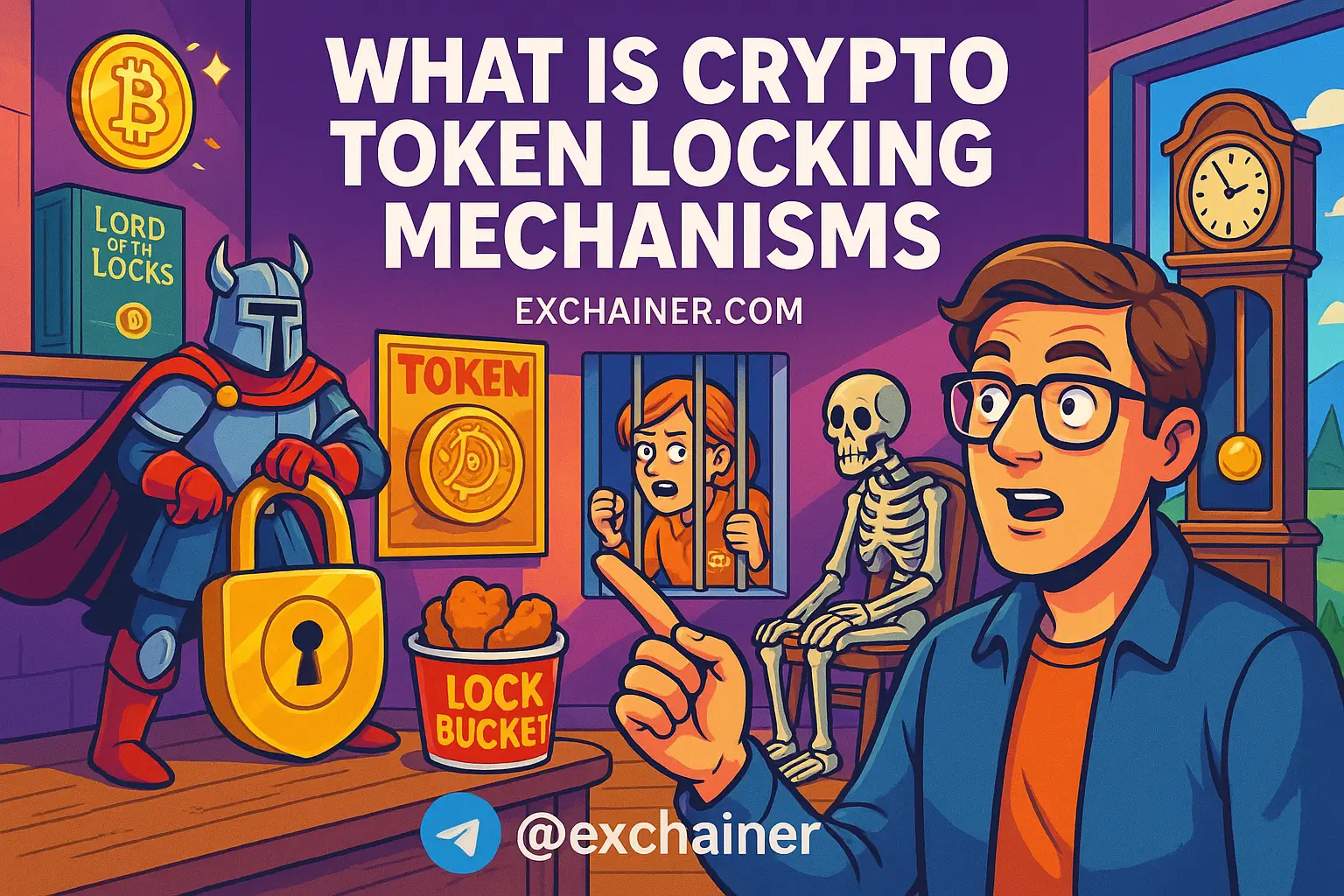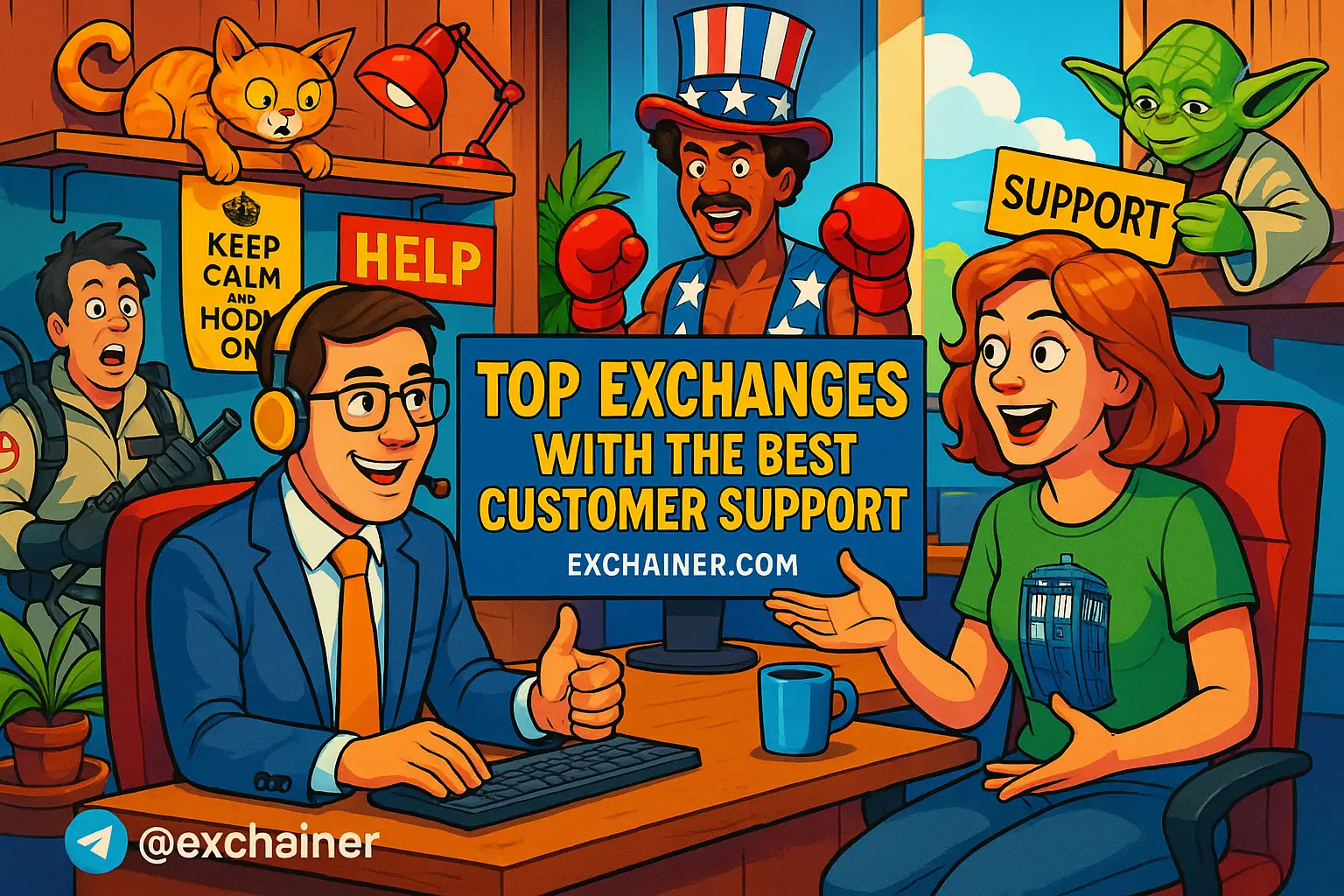Friends, if you’ve been diving into the cryptocurrency world lately, you’ve probably heard the term “token locking” pop up quite a bit. But what exactly is it, and why is everyone talking about it? Whether you’re a newcomer trying to get a solid grasp of crypto basics or someone already dabbling in digital assets, understanding token locking is crucial. It plays a vital role in how blockchain projects build trust, encourage user participation, and maintain market stability.
So, let’s take a step back and break it down clearly. Token locking is a process where crypto tokens are temporarily locked or frozen for a specific period or under certain conditions. This prevents holders from immediately selling or transferring the assets. Sounds simple, right? But this mechanism has wide applications—from securing liquidity in decentralized finance (DeFi) to incentivizing long-term holding through staking. The concept helps avoid wild price swings and builds confidence in new projects.
In this beginner-friendly guide, we’ll walk you through the meaning of token locking, how it works, and the major benefits it brings to crypto traders and investors alike. We’ll also share practical tips on recognizing opportunities involving locked tokens and what to watch out for. Ready to make sense of this, and smarter in your crypto journey? Let’s get rolling.
What Is Token Locking in Cryptocurrency?
At its simplest, token locking means you agree to keep your crypto tokens locked away for a preset time. Imagine you have 100 tokens, but you commit not to sell or move them for six months. That’s token locking. This concept is often built right into a project’s smart contract, so it happens automatically without any manual overhead.
Why do projects use token locking? Primarily to increase trust and prevent “pump and dump” schemes, where early investors quickly dump tokens, crashing the price. Locking tokens keeps supply limited temporarily, making prices more stable and showing that team members and investors have ‘skin in the game’.
For example, many Initial Coin Offerings (ICOs) or token sales use token locking to ensure team members don’t instantly cash out their holdings. It reassures buyers that the project leaders are committed to the coin’s long-term success.
Common Types of Token Locking
Vesting Periods: Tokens granted to team or advisors gradually unlock over time, encouraging long-term contribution.
Liquidity Locking: Tokens used to provide liquidity on decentralized exchanges (DEXs) are locked for a set time to boost confidence in the market.
Staking Lockups: When users stake tokens to earn rewards, their assets are locked during the staking period to prevent sudden withdrawals.
How Does Token Locking Work? Understanding the Mechanics
Most token locking happens automatically through smart contracts. These are self-executing agreements with rules coded on the blockchain. Let’s say a developer launches a new token and wants to lock 50% of the supply for one year. They write a smart contract specifying that tokens can’t be transferred until a certain timestamp.
Once tokens are locked, holders can see the locked balance but cannot move it until the lock expires. After that, the smart contract releases the tokens automatically, freeing them up for trading or transfer.
Here’s an example to make it more relatable:
Imagine a crypto project called CoolCoin wants to build investor confidence. They lock 1 million CoolCoin tokens for 12 months — no one, not even the team, can move them. During that year, CoolCoin’s circulating supply is lower, which usually helps keep the price more stable. After 12 months, those tokens unlock, potentially increasing the supply and influencing market dynamics.
Benefits of Smart Contracts in Token Locking
Smart contracts eliminate manual intervention, reduce fraud risk, and give everyone transparency. Since all transactions and lock rules are on the blockchain, you can verify the locked tokens independently on platforms like CoinMarketCap.
Why Token Locking Matters: Benefits for Traders and Projects
Token locking brings several valuable benefits that both crypto projects and users appreciate:
1. Builds Trust and Transparency
Knowing that project teams and early investors have locked their tokens signals a commitment to long-term growth. It protects users by reducing the chance of sudden sell-offs that could crash prices.
2. Enhances Price Stability
Keeping a chunk of tokens locked reduces immediate supply on the market, lowering volatility. This stability often attracts more investors, especially those wary of wild swings.
3. Supports Decentralized Finance (DeFi) Platforms
Token locking is essential for staking and liquidity provisions. When users lock tokens, they help secure the network or provide liquidity, earning rewards for their patience.
4. Encourages Long-Term Holding
Vestings and lockups encourage holders to think beyond quick profits. This is a win-win for projects, which get a loyal community, and investors, who may benefit from future price appreciation.
5. Improves Governance Participation
Locking tokens often grants holders governance rights, allowing them to vote on project changes. This encourages active community involvement and decentralized decision-making.
Real-world Example: Uniswap’s Liquidity Locking
Uniswap, one of the largest decentralized exchanges, famously locks liquidity provider tokens to foster trust with users. By locking liquidity tokens, Uniswap ensures there’s enough reserve to support smooth trading and prevent liquidity crises. This practice has become a standard in DeFi projects aiming for longevity.
How to Participate in Token Locking: Tips for Beginners
If you want to get involved with token locking, either by staking, participating in liquidity pools, or holding locked tokens, here are some handy tips:
Understand the Lock Period: Always check how long your tokens will remain locked. Some projects lock for months or even years, so make sure you’re comfortable not accessing the tokens during this time.
Check the Project’s Reputation: Look for transparency about token locking on official sites or trusted sources. Verified token locks reduce risks.
Use Trusted Wallets and Platforms: Keep your tokens in wallets that support staking or locking features. Also, use reputable exchanges or DeFi platforms to avoid scams.
Be Aware of Potential Risks: While token locking offers benefits, it also means less liquidity. In emergencies, you might not sell or move your assets quickly. Consider this carefully before locking in.
Keep Learning: The crypto space evolves rapidly. Stay updated by exploring educational resources to understand new token locking protocols and opportunities.
Popular Tools to Check Token Locks
Platforms like Etherscan allow you to inspect token contracts and locking statuses directly. Using these tools helps verify whether tokens are locked and for how long.
Token Locking and Market Dynamics: What to Watch For
Token locking can influence crypto markets in various ways, and being aware of these can help you make wiser trading decisions.
Unlock Events: When locked tokens become unlocked, a large portfolio might hit the market rapidly. This can create temporary price dips, so it’s smart to anticipate such events.
Supply & Demand Shifts: Locking removes tokens from circulation temporarily, but when they unlock, supply increases suddenly, which might impact prices.
Investor Sentiment: Seeing locked tokens gives confidence. Conversely, if a project removes locking or reduces vesting times, investors might question sustainability.
Understanding these patterns can help you strategize your trading moves. For instance, some traders avoid buying before massive unlock events to dodge short-term price drops.
Key Takeaway
Token locking isn’t just a technicality; it’s a powerful tool shaping how crypto projects build trust and how markets behave. As you grow in your crypto journey, recognizing the implications of token locking will make you a more informed and confident investor.
Conclusion: Why Token Locking Should Be on Your Crypto Radar
Friends, token locking is more than just a fancy crypto jargon—it’s a vital mechanism that underpins trust, stability, and long-term growth in the blockchain world. Whether you’re an investor aiming to avoid volatile traps or a project developer looking to show commitment, token locking offers clear-cut benefits.
By locking tokens, projects demonstrate a genuine stake in their success, while users gain access to innovative ways of earning via staking or liquidity provision. Understanding how token locking works and its impact on market dynamics equips you with a sharper edge in crypto trading and investing.
If you’re eager to learn more about the crypto ecosystem or want to explore other topics like wallet tools, exchange reviews, or crypto basics, check out the fantastic resources available at Exchainer.com. Start your crypto journey on a strong footing and stay ahead of the curve with trusted guides and the latest insights.
Ready to dive deeper? Head over to our Crypto 101 section for beginner-friendly tutorials, or explore Tools and Wallets to find the best platforms for managing your locked tokens. And if you’re scouting for the safest places to trade, our Exchange Reviews category has got you covered.












